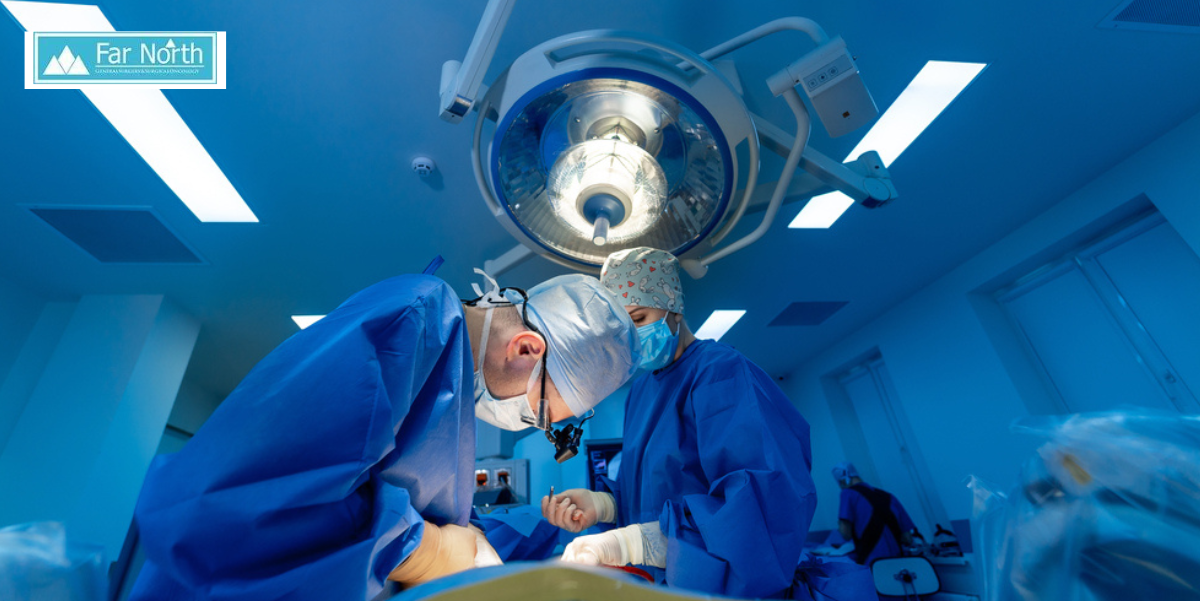


Minimally Invasive Procedures have revolutionized medicine by offering patients less invasive alternatives to traditional surgeries. These procedures utilize advanced technology to perform surgeries through small incisions, resulting in quicker recovery and fewer complications. These techniques have become increasingly popular among patients seeking advanced medical care, from minimally invasive heart surgeries to laparoscopic procedures for various conditions.
A report reveals that the global market for minimally invasive surgery witnessed significant growth in 2019, with a value of approximately 20.5 billion U.S. dollars. It is projected to surge even further and exceed 44 billion by 2030. This shows the growing demand for minimally invasive procedures in the coming years.
This blog discusses minimally invasive procedures, exploring types, benefits, and conditions treated so you can make well-informed decisions.
Minimally invasive surgery (MIS) involves techniques that minimize skin and tissue incisions during a procedure. This way, it reduces trauma, pain, complications, scarring, and recovery time for patients.
Minimally invasive surgery procedures typically involve using small keyhole incisions that serve as entry points for specialized instruments during the procedure. The length of these incisions is usually no more than half an inch. One of these incisions allows the insertion of an endoscope, a slender tube equipped with a camera that transmits images to a screen, and the remaining incisions employ long, narrow instruments.
Endoscopes come in various types, each designed for different body areas and may have specific names accordingly. For instance, a laparoscope is used to access the abdominal cavity, a thoracoscope is employed for the chest cavity, and an arthroscope is utilized for joints. Consequently, surgical procedures employing these scopes are commonly referred to as laparoscopic, thoracoscopic, or arthroscopic.
Endovascular procedures require the insertion of a small catheter into a blood vessel to perform surgery. With just a single small incision, the blood vessel can be accessed. In many cases, surgeons can use a needle to puncture the skin instead of making a cut, which helps reduce bleeding. The catheter is guided by a wire, allowing surgeons to pass surgical tools through it for the operation.
Robotic surgery involves using robotic arms to perform procedures through tiny incisions. It is the most sophisticated type of minimally invasive surgery, executed by a skilled surgeon who controls the robotic arms from a console in the operating room. Robotic technology enables enhanced accuracy and control in confined spaces. While most robotic surgery procedures employ multiple ports, there are instances where single-port surgery can be performed.
Some endoscopes can pass through an existing opening in the body, such as the nose or mouth. Surgeons can perform procedures using these endoscopes with long, slim instruments without making any incisions on the skin. This type of surgery is referred to as "natural orifice" endoscopic surgery. An Endoluminal procedure is done inside the organ walls, whereas a transluminal procedure involves cutting through one of the organ walls.
Robotic surgery is effective at treating the conditions involving the following organs:
Minimally invasive treatment involves the following steps:
You will be given local anesthesia at the surgery site, with or without sedation, to keep you comfortable. If you undergo endoscopic surgery, anesthesia is not required. Instead, a numbing agent in your throat can help pass the endoscope without causing a choking reflex.
Your surgeon will make incisions of half an inch or longer if your organ needs to be surgically removed. Generally, smaller incisions are made to carry out the procedure, eliminating lengthy recovery, pain, and other complications.
Your surgeon will insert an endoscope through one incision and other surgical tools through the remaining incisions. They will then conduct the procedure using the robotic arms while monitoring endoscope images displayed on the screen. Once the procedure is done, they will remove all the tools from the incisions and close them with stitches.
Minimally invasive procedures provide patients with innovative and efficient treatment options. From laparoscopic surgeries to catheter-based treatments, these procedures have become increasingly popular due to their precision and effectiveness. While minimally invasive procedures may not be suitable for every condition, they have proven to be a safe and effective option for several medical issues. As technology advances, the future of minimally invasive procedures looks bright, allowing patients to undergo treatment with minimal disruption to their daily lives.
Far North Surgery is a licensed and certified surgical facility based in Anchorage, AK. It offers patients personalized and comprehensive best-in-class medical care using the most advanced equipment and technologies. Our team of recognized and highly skilled surgeons, led by noted oncology surgeon Dr. Madhu Prasad, is committed to providing superior, safe, and compassionate healthcare for several surgeries. If you are looking for the best endocrine surgery options near you for hyperparathyroidism, contact our team today.